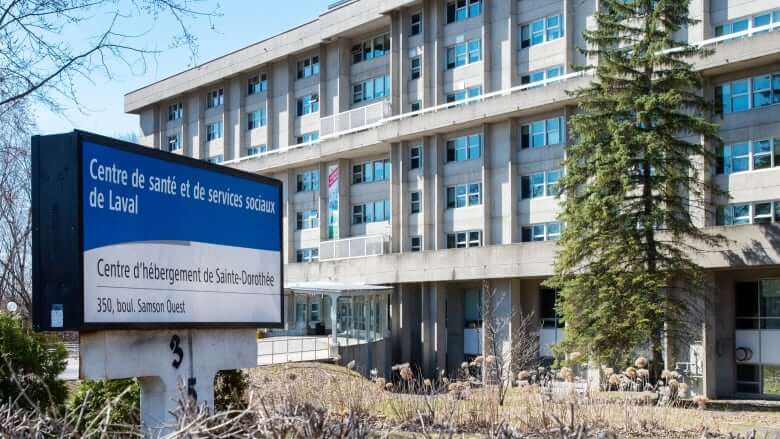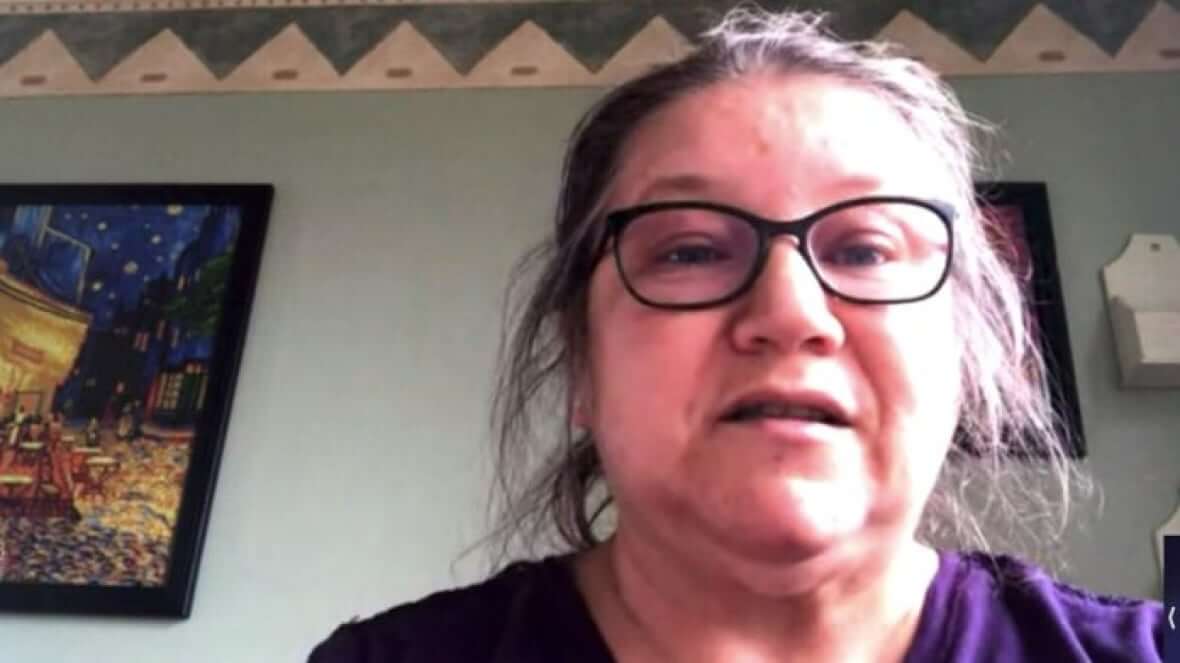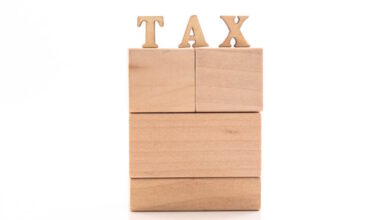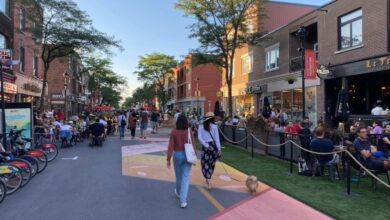No oxygen or running water in hot zone at worst-hit long-term care home in Quebec, inquest hears

The family of a patient at the worst-hit long-term care home of the province had to call 911 to have their loved one suffering from severe COVID symptoms sent to the hospital, a coroner’s inquiry heard Wednesday.
Ontario eases restrictions on long-term care residents, updates guidance to allow vaccine mixing
Agnieska Mroz, the assistant head nurse at CHSLD Sainte-Dorothée where 101 people died, recounted how staff at the home were forbidden from sending patients to hospital.
Mroz was testifying at the inquiry into the province’s handling of COVID-19 in seniors’ residences, led by coroner Géhane Kamel.
Mroz also told the coroner there was no oxygen for patients in respiratory distress.
“That was my first question when I got to the hot zone,” she said. “Where is the oxygen?”
Instead, she said, nurses were given a protocol to follow, which involved administering morphine and lorazepam — commonly known as Ativan — to calm the patient down.
Those patients usually ended up dying, Mroz said.
She said one family became aware of their relative’s distress and called 911 to have paramedics bring the woman to the hospital, since staff at the home weren’t allowed to do so.
The Sainte-Dorothée residence had Quebec’s highest death toll among public long-term care homes, known in the province as CHSLDs, during the pandemic.
The facility on Samson Boulevard saw 211 of its residents become infected and more than 100 died. A total of 173 staff members also tested positive for COVID-19.
Mroz and another nurse testifying Wednesday painted a picture of what it was like to work on the floor at the home at the height of the first wave in late March and early April 2020 — amid a lack of resources and guidance, as an outbreak spread like wildfire.
Mroz recounted how there was no running water in the hot zone, where residents who tested positive for the novel coronavirus were taken. The area was set up in the CHSLD’s lobby, far from any bathroom or washing station.
“At some point, I noticed there were hygiene problems,” Mroz told Kamel and said she decided to exit the hot zone at the end of every shift to fetch a bucket of warm water to wash the patients.
Mroz testified that she had also been assigned to a cold zone in early April, despite having worked in a hot zone before her two days off for the week.
She said she had heard of patient attendants being forced to work in both zones, as well as being forced to work while awaiting test results.
‘It’s not human’
The second nurse to testify Wednesday was Sylvie Morin, who worked at CHSLD Sainte-Dorothée for 29 years and whose mother was a resident on the sixth floor. (Morin’s mother survived the outbreak and is now doing well, she said.)
Morin was one of the first nurses to speak publicly in the spring of 2020 about the situation at her workplace.
“It took me everything I could to be here today,” Morin told the inquest. “It’s not human, it’s not human.”
Morin testified that on March 18 and 20, there were two sudden deaths in her unit, which was highly unusual for a rehab unit.
“I never saw deaths happen that quickly,” she said. Morin said she asked her superiors to test the bodies for COVID-19 but was laughed at because people believed the coronavirus was only circulating among travellers at the time.
The inquest heard Tuesday that in early April, just weeks later, mass testing revealed 69 of 174 residents were infected.

Morin also recounted the story of a man who survived the hot zone, but was left traumatized because the body of a woman who died next to him was left for hours before being taken away, as there was no temporary morgue at the residence.
At the end of her testimony, Morin, who is now retired, said she wanted to say one last thing.
“I’m happy with my career, but I’d say it ended pretty badly.”
“I want people making the decisions above everyone else to understand that they need to listen to the nurses and patient attendants on the floor,” Morin said. “Being heard is important.”
After leaving nursing, Morin became a vaccinator, administering shots to people to prevent COVID-19.
“I’m having so much pleasure vaccinating people now,” Morin said. “You have no idea.”








Redes Sociais - Comentários